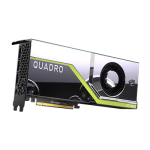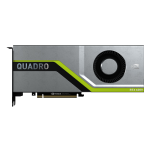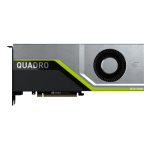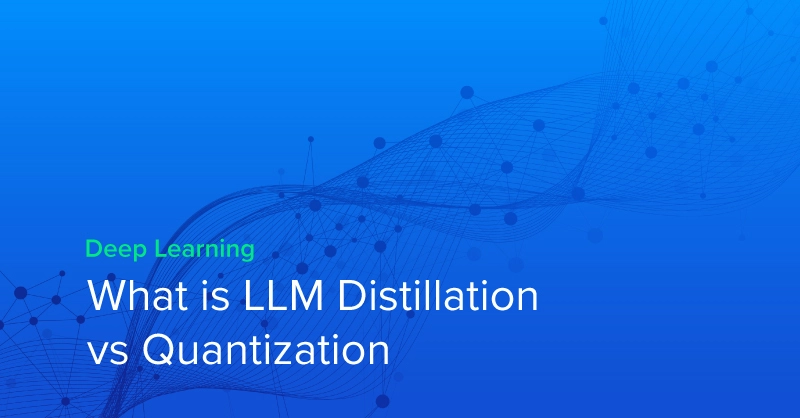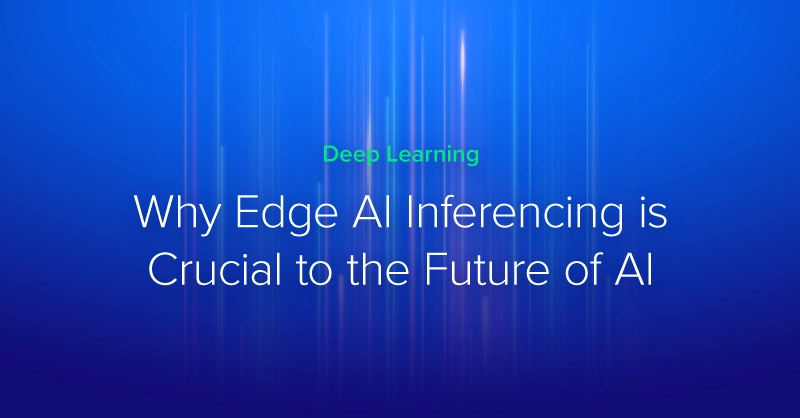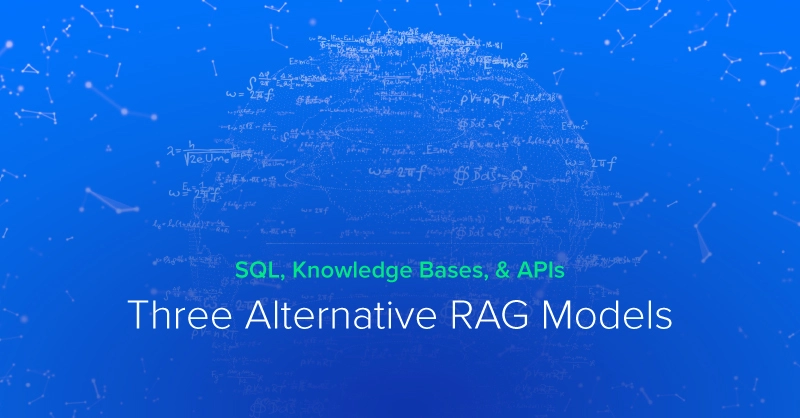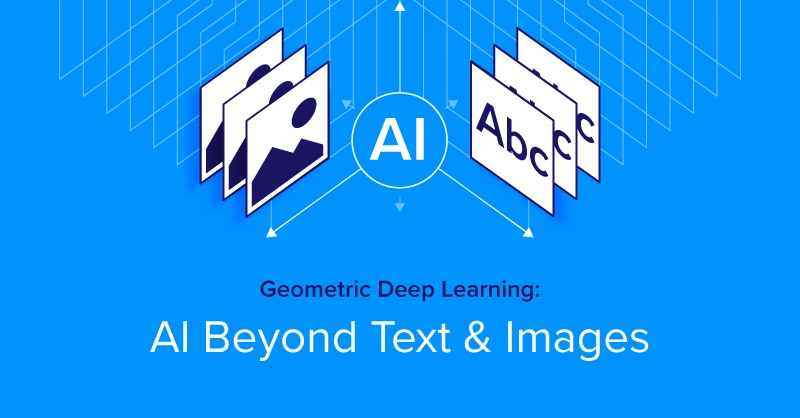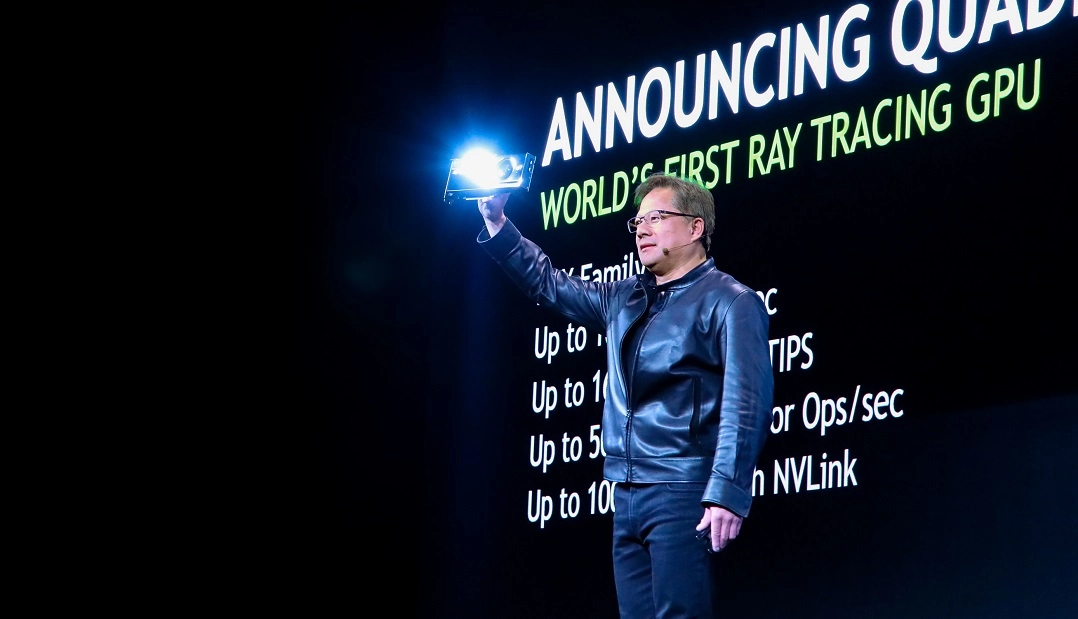
NVIDIA Turing-Based GPUs
NVIDIA unveils new Turing-based GPUs that include: NVIDIA Quadro RTX 8000, Quadro RTX 6000, and Quadro RTX 5000.
Earlier this week at the SIGGRAPH'18 conference NVIDIA unveiled its next generation Turing GPU. These new class of GPU's contain a new set of "RTX" features and include advanced ray tracing, with up to 25x faster performance than the Pascal technology. As NVIDIA describes their new GPUs, "Turing - the result of more than 10,000 engineering-years of effort".
According to NVIDIA; "Ray tracing calculates the color of pixels by tracing the path that light would take if it were to travel from the eye of the viewer through the virtual 3D scene. As it traverses the scene, the light may reflect from one object to another (causing reflections), be blocked by objects (causing shadows), or pass through transparent or semi-transparent objects (causing refractions). All of these interactions are combined to produce the final color of a pixel that then displayed on the screen." The RTX series cards also are the first cards announced with Samsung's new GDDR6 memory.
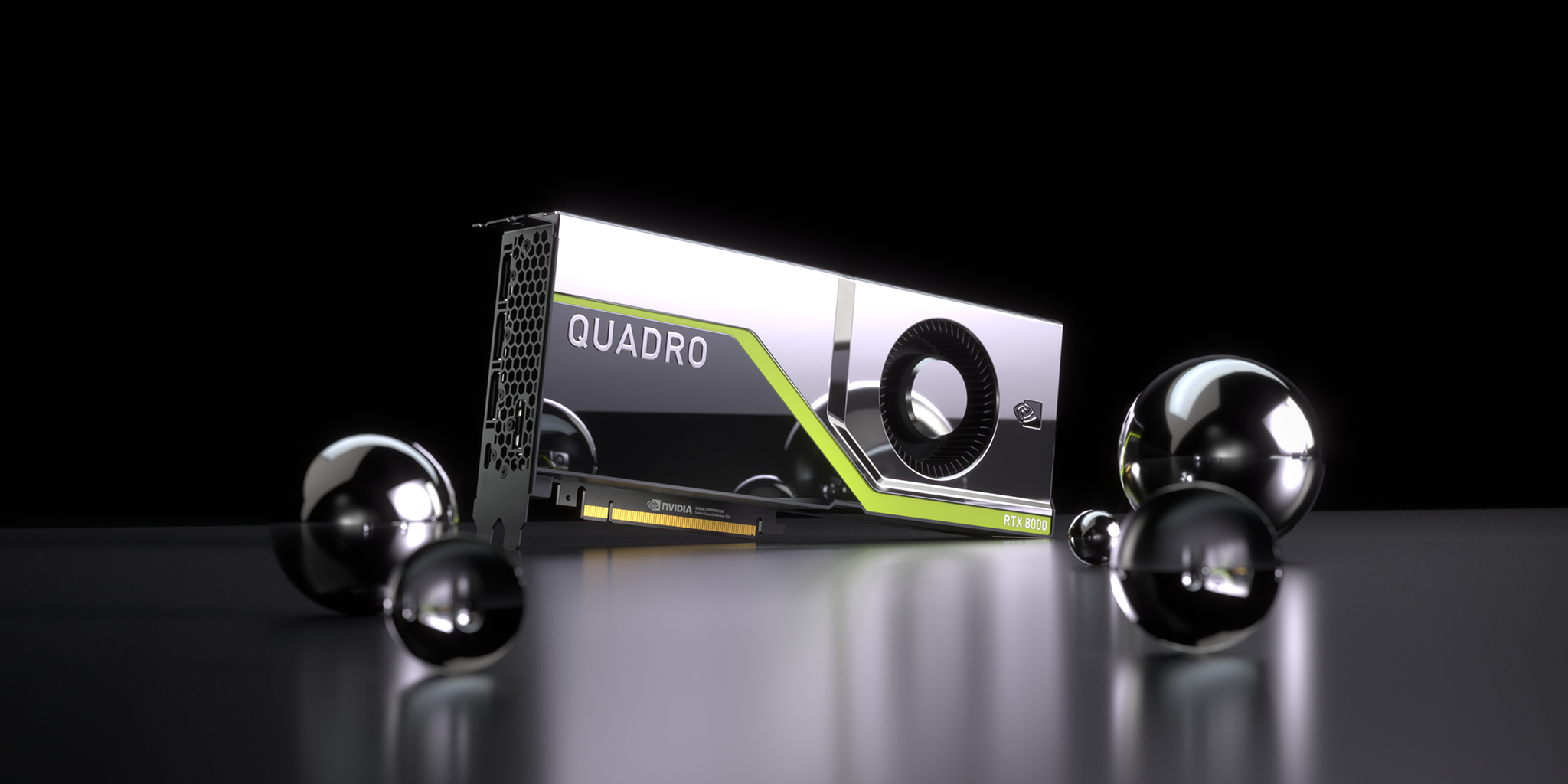
Key Features of the New RTX GPUs
With this new memory (up to 48GB) the Quadro RTX 8000 effectively doubles the amount of memory compared to the NVIDIA Quadro P6000, while providing significant bandwidth increases. Furthermore, the Quadro RTX series also supports NVLink, allowing the new Quadro RTX cards to be installed in multiple pairs and sharing their frame buffer memory.
All of the new RTX cards come with 4 DisplayPort 1.4 outputs. Additionally, each card will feature a a VirtualLink-capable USB Type-C port for a 5th output: The VirtualLink standard allows for headsets to be directly tethered to a video card without requiring multiple cables, effectively allowing a single cable to carry all of the video, data, and power to a VR headset.
Introducing -- Quadro RTX Server
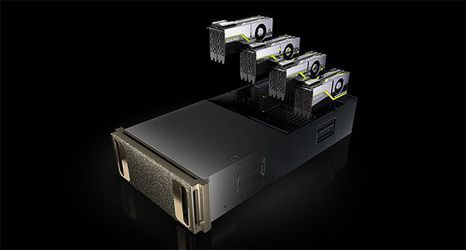
Lastly, the Quadro RTX Server was also unveiled, and is targeted for on-demand rendering in the datacenter. The Quadro RTX Server allows easy configuration of on-demand render nodes for batch and interactive rendering. It combines Quadro RTX GPUs with new Quadro Infinity software to deliver a powerful and flexible architecture to meet the demands of creative professionals. The Quadro RTX Server provides a powerful and scalable rendering solution, at one-fourth of the cost of CPU-only render farms.
NVIDIA CEO, Jensen Huang, goes on to describe Turing as the “world’s first ray-tracing GPU” and “the single greatest leap that we have ever made in one generation.”
What are your thoughts on NVIDIA's newest release of Turing? Let us know in the comments below or contact us directly for any questions.

NVIDIA Unveils New Turing-Based GPUs: Quadro RTX 8000, Quadro RTX 6000, and Quadro RTX 5000
NVIDIA Turing-Based GPUs
NVIDIA unveils new Turing-based GPUs that include: NVIDIA Quadro RTX 8000, Quadro RTX 6000, and Quadro RTX 5000.
Earlier this week at the SIGGRAPH'18 conference NVIDIA unveiled its next generation Turing GPU. These new class of GPU's contain a new set of "RTX" features and include advanced ray tracing, with up to 25x faster performance than the Pascal technology. As NVIDIA describes their new GPUs, "Turing - the result of more than 10,000 engineering-years of effort".
According to NVIDIA; "Ray tracing calculates the color of pixels by tracing the path that light would take if it were to travel from the eye of the viewer through the virtual 3D scene. As it traverses the scene, the light may reflect from one object to another (causing reflections), be blocked by objects (causing shadows), or pass through transparent or semi-transparent objects (causing refractions). All of these interactions are combined to produce the final color of a pixel that then displayed on the screen." The RTX series cards also are the first cards announced with Samsung's new GDDR6 memory.

Key Features of the New RTX GPUs
With this new memory (up to 48GB) the Quadro RTX 8000 effectively doubles the amount of memory compared to the NVIDIA Quadro P6000, while providing significant bandwidth increases. Furthermore, the Quadro RTX series also supports NVLink, allowing the new Quadro RTX cards to be installed in multiple pairs and sharing their frame buffer memory.
All of the new RTX cards come with 4 DisplayPort 1.4 outputs. Additionally, each card will feature a a VirtualLink-capable USB Type-C port for a 5th output: The VirtualLink standard allows for headsets to be directly tethered to a video card without requiring multiple cables, effectively allowing a single cable to carry all of the video, data, and power to a VR headset.
Introducing -- Quadro RTX Server

Lastly, the Quadro RTX Server was also unveiled, and is targeted for on-demand rendering in the datacenter. The Quadro RTX Server allows easy configuration of on-demand render nodes for batch and interactive rendering. It combines Quadro RTX GPUs with new Quadro Infinity software to deliver a powerful and flexible architecture to meet the demands of creative professionals. The Quadro RTX Server provides a powerful and scalable rendering solution, at one-fourth of the cost of CPU-only render farms.
NVIDIA CEO, Jensen Huang, goes on to describe Turing as the “world’s first ray-tracing GPU” and “the single greatest leap that we have ever made in one generation.”
What are your thoughts on NVIDIA's newest release of Turing? Let us know in the comments below or contact us directly for any questions.

